With a picture of history, Huawei’s smart driving ushered in a new chapter in the country.
With the progress of science and technology, major car companies have accelerated the development of smart cars. Intelligent driving function is gradually becoming a key indicator to measure whether a vehicle is advanced or not. It is worth noting that Huawei has released a nationwide urban advanced intelligent driving scheme that does not rely on high-precision maps, and also announced that its intelligent driving technology covers 243 cities. In this context, the whole industry seems to be shifting rapidly in the direction of driving without maps.
The past "Kaesong" competition has been upgraded to a nationwide map-free challenge. But what is the driving force that prompted these car companies to decide to join this seemingly mysterious uncharted field? Is there really an essential difference between graphs and graphs?
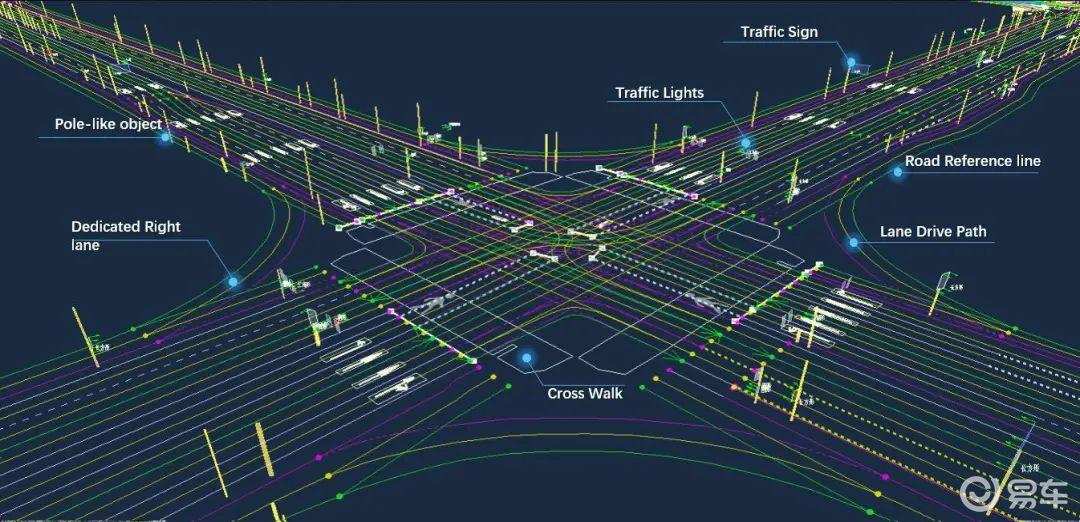
When computing power overcomes financial power-driving a new era without plans and wisdom
Intelligent driving with map and intelligent driving without map represent two very different technical paths. Traditional intelligent driving with maps relies on high-precision maps, which record road information to centimeter level in detail, including lane line position, type, width, slope, curvature, traffic signs, signal lights and obstacles. Simply put, intelligent driving with a map seems to let the vehicle move along a preset and accurate trajectory. However, this method requires extremely high capital investment.
You may not know that the process of making high-precision maps is very complicated and arduous. Each surveying and mapping vehicle can only complete about 100 kilometers of data collection every day, and the cost per kilometer can reach several thousand yuan. With the rapid infrastructure construction in China, even the newly mapped roads may be unrecognizable after a week. In addition, the change of map limits the intelligent driving ability of car companies, and it is necessary to constantly update the map data to maintain the effectiveness of the system.
On the contrary, intelligent driving without map abandons the dependence on high-precision maps, making it possible for vehicles to drive freely in a wider range. This way requires vehicles to have stronger perception, more advanced algorithms and greater computing power, which puts forward higher requirements for their own intelligent driving system.
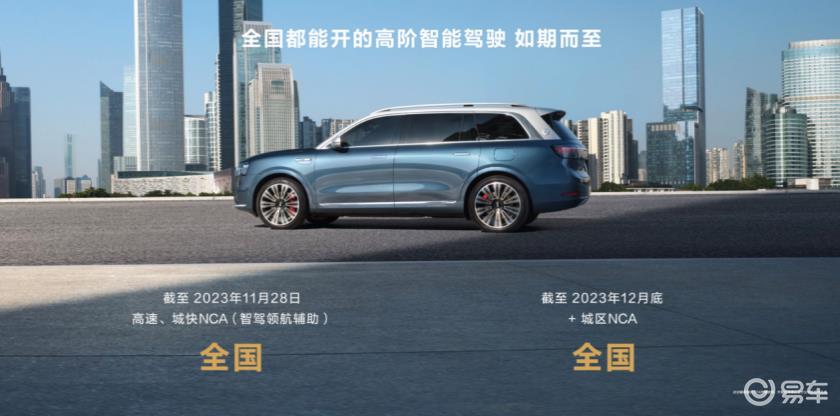
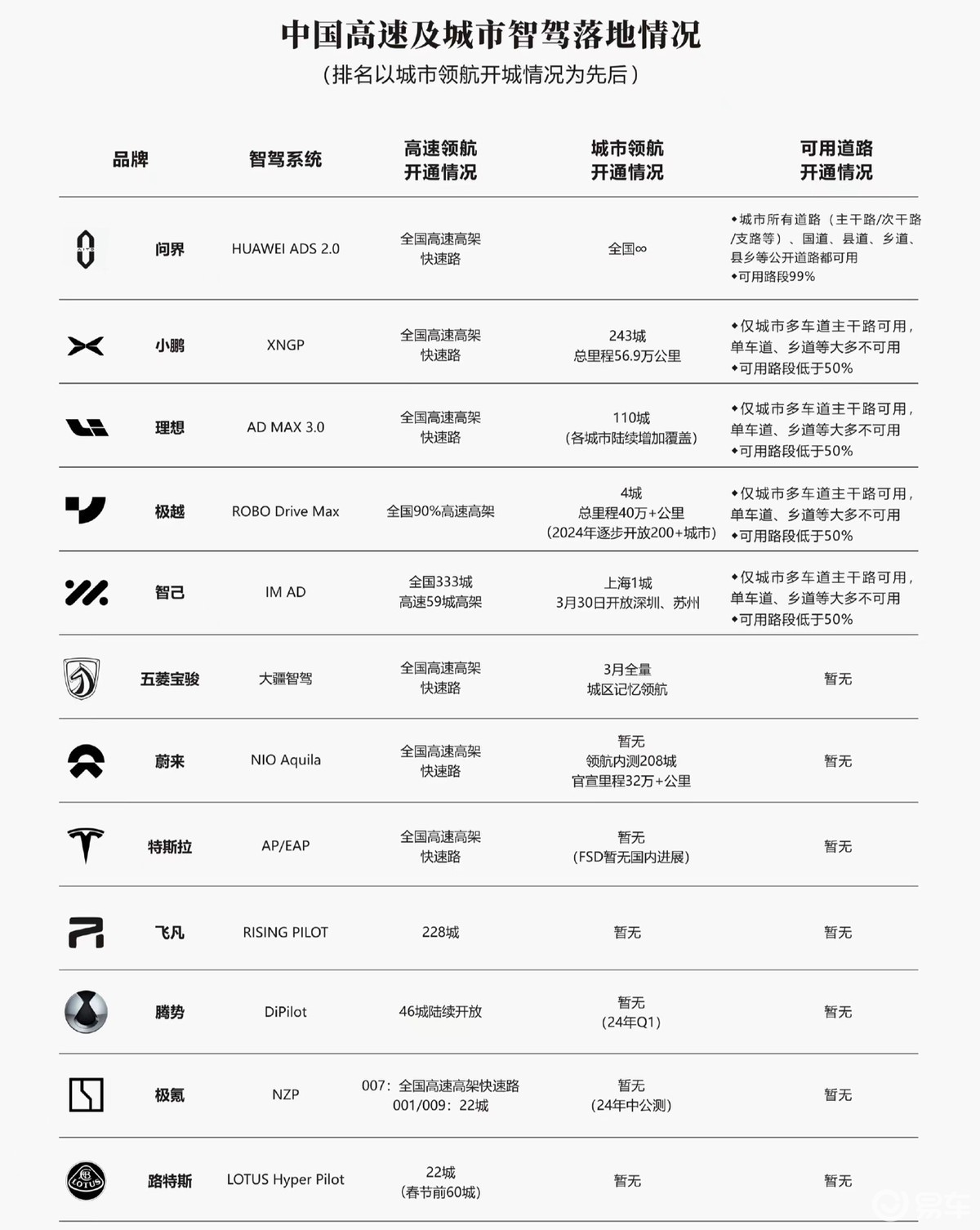
How Huawei Leads the Industry Again —— Intelligent Driving without Map in China
1. Clear vision and profound insight-lidar is still king.
In the technical field of intelligent driving without map, the mainstream is divided into lidar school and pure vision school. At present, advanced intelligent driving mainly depends on lidar, and its high-performance lidar with multi-threading, high-frequency scanning and long-distance detection means clearer monitoring ability and faster response speed.
The actual rescue incident and online celebrity dodge video directly prove the strength of high-performance lidar. In the bad environment such as night or backlight, this kind of components with high perception ability also shows its advantages, because they can provide a lot of accurate information, which puts forward higher requirements for computing power and algorithm. Therefore, the smart driving model equipped with lidar is not only more expensive, but also the strength of software research and development can not be ignored.
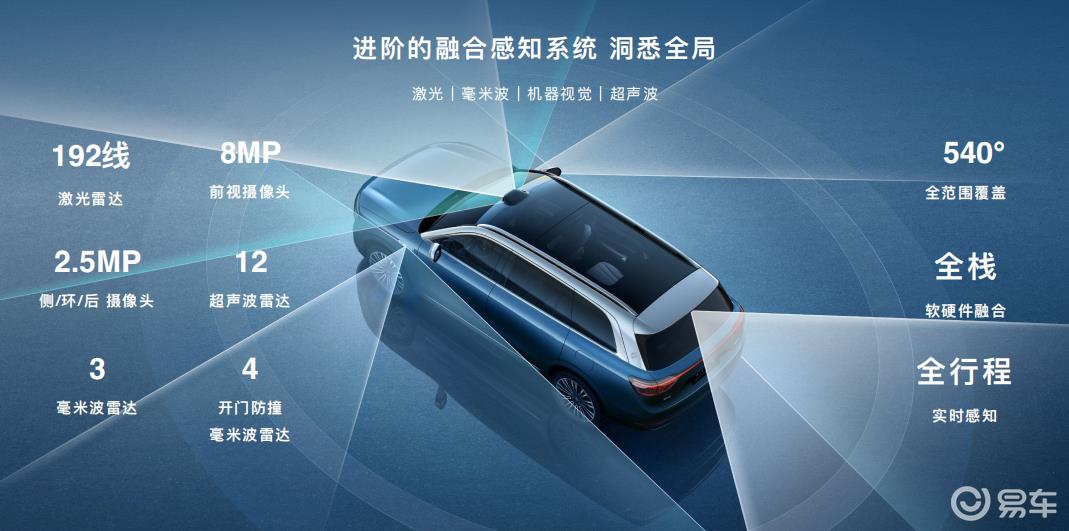
On the other hand, the vision intelligent driving scheme led by DJI and Baidu relies on 2D video content, which is relatively low in computational power and algorithm requirements. Of course, in the actual test, the visual system did not show too many bright spots, indicating that there are still differences between the two in practical experience. Moreover, it is an indisputable fact that the camera is easily affected by the weather and strong light.
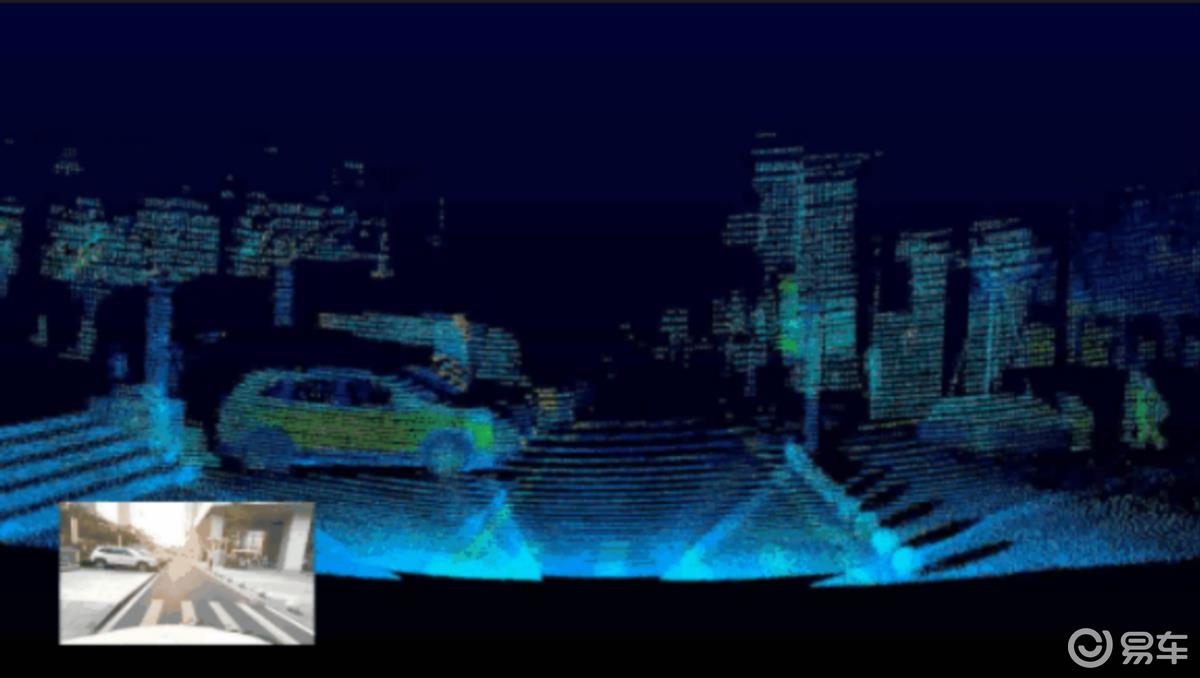
Huawei has demonstrated excellent performance in system hardware, adopting multi-sensor fusion sensing solutions such as lidar, millimeter wave radar, ultrasonic radar and visual sensing camera. Lidar can quickly and accurately capture the three-dimensional structural information of the surrounding environment, and is not affected by environmental light. Combined with millimeter wave radar, ultrasonic radar detection and camera perception, it provides farther and more accurate three-dimensional environmental information for vehicles.
The fusion sensing system independently developed by Huawei deeply integrates various sensors to ensure smooth data communication and efficient operation of the system.
2. From branches to urban obstacles, GOD network bid farewell to the "white list"
In order to control the vehicle accurately, intelligent driving system needs to fully understand the external environment of the vehicle. BEV+ white list technology commonly used in the past identifies the detected objects, such as pedestrians and electric vehicles, through the white list input in advance. However, this technology has an obvious disadvantage-it needs the system to constantly learn different obstacle types to update the white list. If you encounter rare irregular obstacles, the system may misjudge, leading to hesitation and dangerous driving behavior.
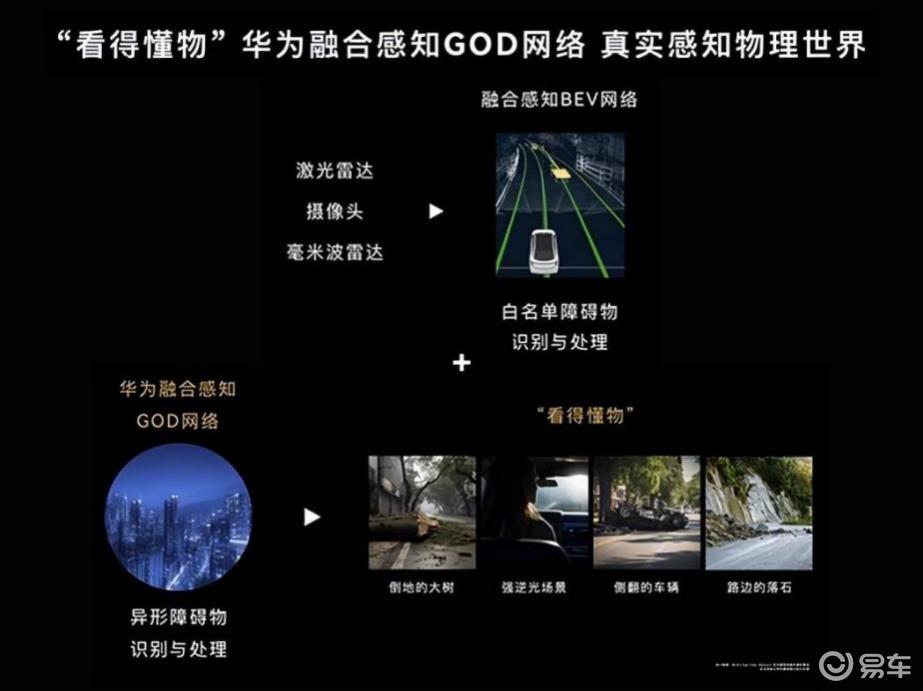
Huawei’s GOD2.0 network (Universal Obstacle Detection) overcomes this problem. Like "My World" game, the GOD network regards all detected objects as 3D blocks. In this way, the system can easily judge obstacles on the route, including pedestrians, cars and so on. For abnormal obstacles, such as cartons, fallen trees, roadblocks, etc., the system can also identify them efficiently. In the GOD2.0 network, any object occupying space is a potential obstacle and needs to be avoided. This breaks the restriction of relying on the white list.

3. Not only do you know things better, but RCR technology is the key to no map.
In addition to the recognition of "things" by GOD2.0 technology, Huawei’s intelligent driving must also make the system recognize "roads". Intelligent driving without map is very important for the accurate perception of roads, especially at complex intersections, narrow country roads or sections without obvious signs and markings, which poses a higher challenge to the processing capacity of intelligent driving system.
Huawei Intelligent Driving combines ordinary navigation maps and RCR network reasoning to construct a large-area road topology map, which is equivalent to the size of 2.5 football fields. This is equivalent to the vehicle drawing an exclusive map for its own driving route, so that the intelligent driving system can easily analyze the realistic road information without relying on high-precision maps.

4. Massive data need to be processed quickly, and MDC chip drives L5-level assisted driving.
With the ability of perception and understanding of "things" and "roads", the next step is to summarize, analyze and calculate this information, and finally control the vehicle intelligently. The processing of massive sensor data is not a small challenge, especially in a very short time. Therefore, strong computing power is another requirement of intelligent driving.
Huawei’s self-developed MDC series chips have higher processing capability than Orin in NVIDIA, and can efficiently process information from various sensors. At the same time, Huawei’s intelligent driving system avoids blind "stacking", and the existing MDC hardware platform has enough computing power to support L3-to-L3 autopilot assistance functions without increasing unnecessary car purchase costs.
5. Covering the global road network in five days, Huawei BU Computing Center takes the lead.
After getting rid of the shackles of high-precision maps, gaining rich driving experience has become the next goal. Early intelligent driving systems mostly rely on the test data of real vehicles on the road. At present, AI modeling and cloud "running map" have become mainstream practices, and Huawei has once again taken the lead in this field.
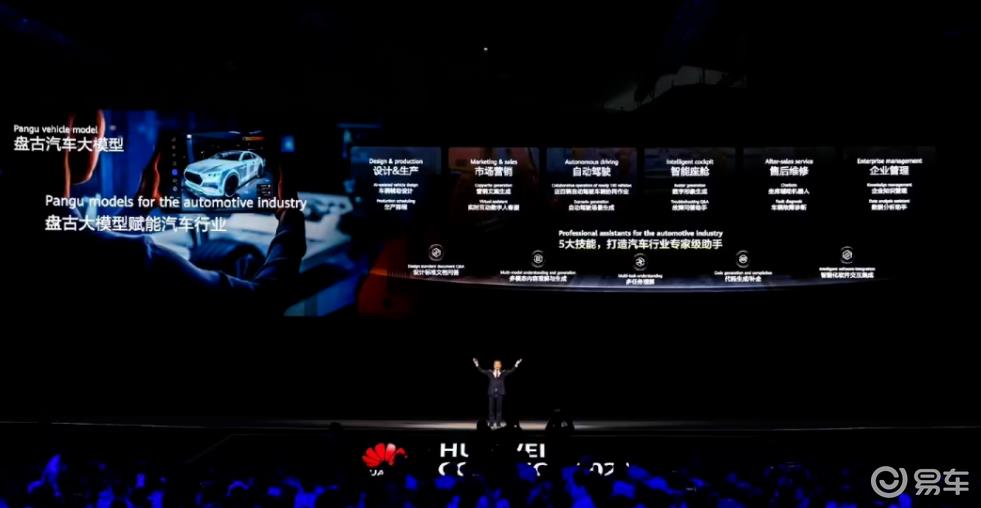
Huawei Cloud Computing Center has the leading domestic computing power of 2.8EFLOPS, and is at the forefront of the industry. This huge cloud computing power has brought great advantages to Huawei’s intelligent driving. Using the cloud scene library built by Pangu model, the system carries out more than 12 million kilometers of simulation tests every day. Considering that the total length of global roads is about 64 million kilometers, Huawei’s system can cover every corner of the world in only 5.3 days. A large number of simulation tests have forged a real "old driver" intelligent driving system.
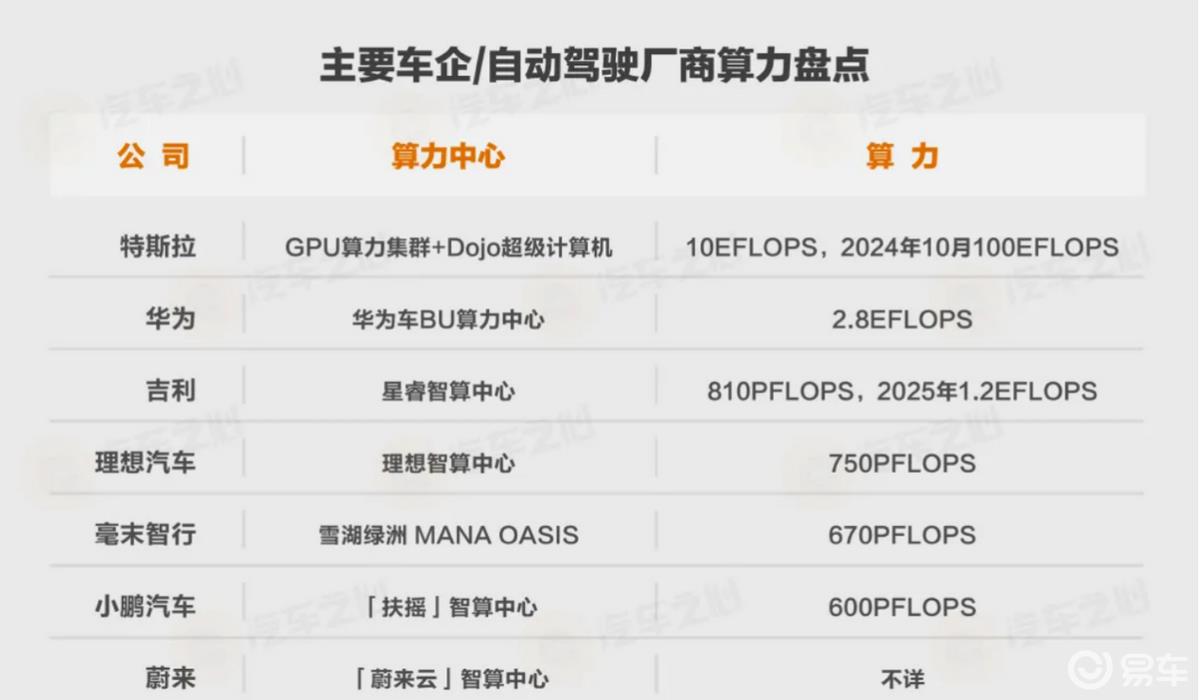
From the transition from a graph to a graph-free one, users finally experience the pleasure of easy travel wherever they go. Behind this is the black technology produced by the perfect combination of multiple systems.
With the help of full-stack self-developed hardware, rich data resources, unremitting pursuit of technological innovation and forward-looking technical concepts, Huawei launched the nationwide intelligent driving without maps for the first time. As consumers, we no longer need to wait for the update of high-precision maps, and we don’t have to worry about the experience of smart driving being degraded due to various problems.
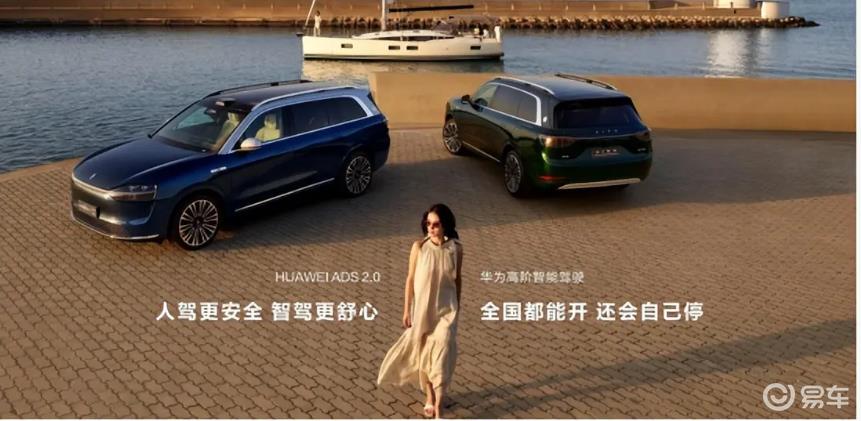
This intelligent driving system makes the new energy vehicle become a really easy-to-use and safe smart car. Huawei has demonstrated its leading ability in the field of intelligent driving, which not only allows users to enjoy a comfortable and safe smart travel experience, but also sets a new standard for the whole industry.
关于作者